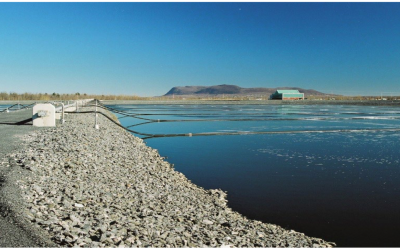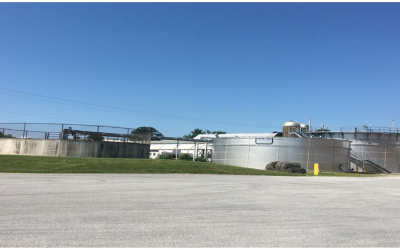Wastewater Treatment Plant Restart
BioLynceus®, LLC has helped restart hundreds of plants in its history.
Here is a group of case studies from our deep well of experience.
Toxicity Treatment in an Oil Refinery Aerated Lagoon System
An industrial oil refinery in New Mexico used BioLynceus® to restart their biological treatment after a toxic hit. The refinery was processing 50,000 barrels of crude oil a day. Toxicity was experienced in the system after foaming fire retardant was unexpectedly released at the refinery.
Toxicity Treatment in a Facultative Lagoon System
Lagoon WWTP 0.2 MGD The biology in wastewater lagoons can be significantly impacted by toxic substances introduced from illicit drug manufacturing. Surface waters contaminated with drugs, and the chemicals used to manufacture them, are known to suppress aquatic life,...
Toxic Hit Recovery at a Mechanical Wastewater Treatment Plant
Wastewater treatment utilities receiving inputs from industrial and anthropogenic sources are highly susceptible to toxic waste inputs. Toxic loads are often sporadic and can be extremely devastating to the biomass in treatment facilities.
Toxicity Treatment in a Municipal Wastewater Lagoon System
Chemicals used in illicit drug manufacturing can cause significant harm to the microbial communities in surface waters. Municipal lagoon systems are especially vulnerable to these chemicals, because they receive high strength influent directly from urban sources.
Toxicity Mitigation in an Industrial Sequencing Batch Reactor
Managing toxic loadings at industrial wastewater treatment facilities can be challenging. Influent from food processing industries can introduce harmful cleaning products. Biota with damaged cellular structures may be unable to properly metabolize the organic substrate and nutrients in wastewater.
Toxicity Treatment in a Wastewater Lagoon System
Municipal wastewater lagoon systems are susceptible to toxic waste poisoning. Toxic loads from residences and businesses are sporadic and difficult to mitigate. When toxicity levels are high in wastewater lagoons, the biological treatment process is inhibited due to loss in biomass.







